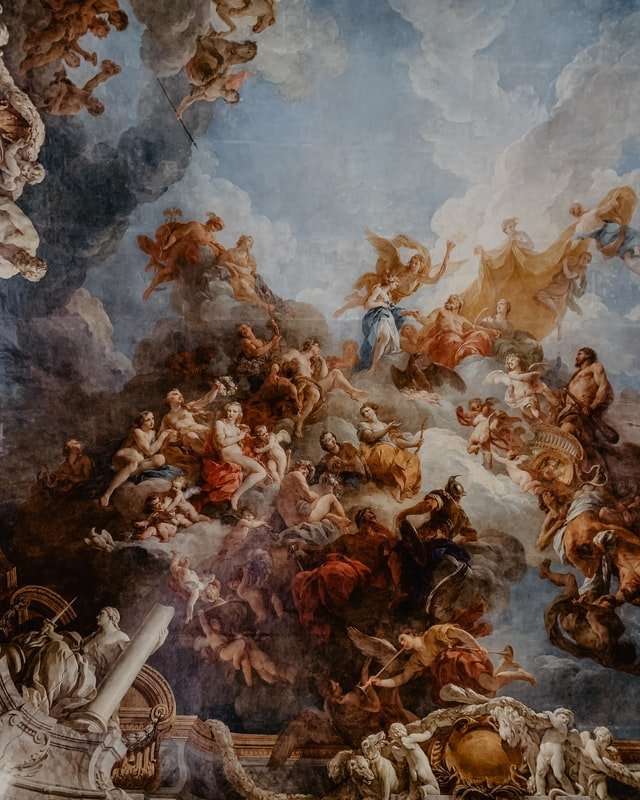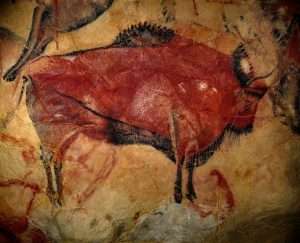This blog is a resource for everyone who wants to learn how to draw by taking the right steps. I hope you will find here everything you need to know about drawing, from how to start and where to go next, to such basic topics as how to hold a pencil, and what kind of paper works best for different types of drawing.
I also cover more advanced topics – like how to develop an effective drawing technique, how to improve your eyesight so that you can draw for longer periods of time without getting eye strain, and which materials are best for what drawings.
Here you’ll find hundreds of articles about art & drawing for all levels: from beginners, who want to learn how to draw the ABC’s, up through advanced artists looking for inspiration, tips and techniques.
All my work has been specifically designed with one goal in mind – helping people like you learn how to draw. I have over 20 years’ experience teaching art students of all ages and abilities. This experience has given me a unique perspective on what works. The insights shared here come from over two decades’ worth of studying the lives, habits and techniques of successful artists all over the world.
― Michael Mackenzie
All my life I had wanted to be an artist. Ever since I was
I am a professional artist in London, specializing in portrait, figure and drawing. I have been interested in art since childhood and have been drawing ever since. As a child I was fascinated by the line drawings between the ages of 7 to 9 but had no idea how they were made.
I got my first drawing book when I was 11 and practiced persistently at home in my spare time. This helped me develop a strong foundation in drawing skills and learn to understand the way light works.
After school I studied Fine Art for 2 years at Camberwell School of Art and then went on to get my diploma from The University of Brighton. During this time, I spent every waking hour practicing and studying various methods of approach to drawing the human form.
I started this blog as a way to share what I’ve learned about drawing with others who may be starting out or who may want to find out how to draw more accurately or how to capture facial expressions.
This blog is full of free tips and info on how to draw better whether you are a beginner just starting out or an experienced artist looking for some extra tips to improve your skills!
I am an artist who is passionate about teaching art. I have been drawing and painting for over 15 years. My website answers the most common questions people have about drawing, such as “How to draw shapes? How to draw realistic drawings? How to draw portraits?” I also offer tips for beginners and advice on how to improve your drawing skills.
Drawing is an ancient tradition and a fascinating skill that everyone can enjoy. It’s both relaxing and rewarding, plus you’ll be amazed at what you can create!
I hope my simple step-by-step tutorials will help you reach your goals in learning how to draw. I’m here to help, so if you have any questions please contact me.”**
Recently, I’ve been asked what my favorite drawing supplies are and I thought that it might be interesting to share some of the brands that I use.
I’m not a brand snob (in fact, I usually just buy the cheapest thing), but these are some of the tools that I think are essential to get started in art.
I’ll begin with my favorite pencils and move on to my other favorites.
How to draw is the question that many people ask. And you can find lots of books and articles on How to draw. But I think that it is better to find a teacher or take a class. You should not try to teach yourself drawing from books.
Art lessons are very useful, because they will help you find out what your mistakes are. If you have never been drawing before, you probably don’t know how to make things look right. But if someone tells you how, then you can do it.
There are some places where you can get art lessons for free: for example, in your local library or community center.
You also can visit some websites about art lessons and find a lot of good websites where you can learn more about drawing and painting. Also you can find hundreds of tutorials with step-by-step instructions on drawing techniques – how to draw a face, how to draw animals, how to draw people’s hands etc.”
There are several very good tutorials on drawing on websites such as Deviantart, so I won’t go into detail here. The best way to learn is to actually do it, so here are a few links to get you started.
It is essential to be familiar with the basics of art drawing before you start. You don’t want to get ahead of yourself because the basics will help you create a strong foundation and will provide a solid understanding of what your doing.
In this article, I will cover the basic tools that an artist has in order to create art pieces. I will also be talking about different types of art tools that are used for different purposes.
Basic Tools for Creating Artwork
Art Drawing Pencils: An artists’ pencil is a triangular shaped sharpened point drawing tool which is used by artists for creating fine lines and details. The pencils are available in various grades from soft to hard. Harder grades will create darker lines on paper and softer grades will produce lighter lines but make sure that the pencil you are choosing has a good quality lead inside it so that the lead does not break easily when you apply pressure on it. Most artists use HB or 2B pencils as they are good enough for most purposes.
Art Drawing Erasers: An eraser is an art drawing tool which is used by artists to erase unwanted marks made while creating art pieces. Artists use erasers mostly to remove drawings from their sketchbooks but they can also be used while drawing on paper or canvas


